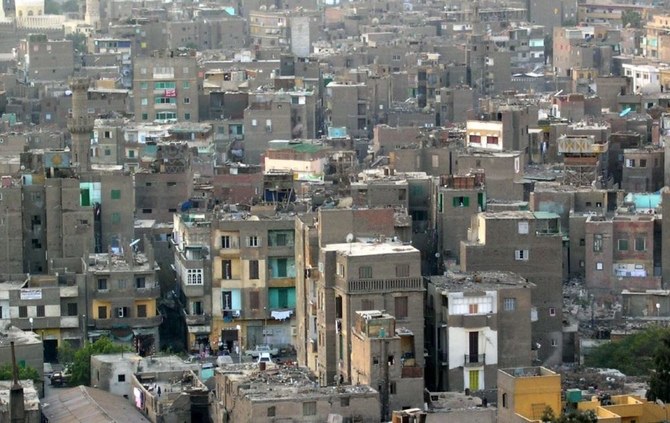
The vast Red Sea Project encompasses urban development, mass tourism and the ‘greening’ of an entire region — in addition to the cultural dimension: A major potential draw for around 7 million dive tourists to Saudi Arabia.
No fewer than 1,600 archeological sites have been identified in the region, of which 20 have been narrowed down as potential touristic attractions. These include Nabataean and other pre-Islamic remains as well as Islamic-era ports and castles.
Perhaps the most significant of these is an early 18th Century shipwreck, discovered in 2016 and very likely of Egyptian origin. The ship’s construction has apparently no parallels and continuity with present-day traditional Arab boats, judging by the massive dimension of its frames and the presence of unusual architectural elements.
“We don’t know a lot about this period in Saudi history,” Michael Slage of The Red Sea Development Company told Arab News, “or what life was like for sailors traversing the Red Sea region back then, which is why this wreck is extremely important to excavate, as it will give us a better picture.”
The ship’s relatively large size indicates that it was capable of going as far as China and India to bring back goods ultimately destined for the Ottoman Empire and Europe.
The TRSDC is partnering with the Saudi Ministry of Culture’s Heritage Commission along with a team of archaeologists from the University of Naples “L’Orientale,” the oldest school of sinology and oriental studies in Europe. The UN team have conducted a survey of the wreck and will undertake the laborious and sensitive job of salvaging the wreck and ultimately displaying its fascinating contents in a purpose-built museum.
“Our plans are to create a unique destination unlike any other in the world,” the senior director, venture development and innovation at TRSDC, said. “Access to the treasures of the shipwreck will be either through diving on the site or viewing them in the museum, and our goal is to have these in place when the rest of our development is ready to welcome visitors on a large scale.”
Of particular interest is a horde of 2000-plus Chinese porcelain cups and jars, possibly meant for sale to pilgrims in Makkah for the purpose of collecting holy “ZamZam” water. Many are still in excellent condition even after hundreds of years on the sea floor. These items depict, for example, a junk on a river, a multi-storied pagoda and human figures.
Other artifacts include items reflecting the day-to-day life of the crewmen including their Ottoman pipes, remains of meals and the plates they ate from, and even a perfectly preserved coconut.
“We believe that this will be a unique dive site”, Slage said, “attracting many of the 7 million dive tourists around the world. For non-divers we are looking at other ways to access the site through submarines and glass bottom boats as well as visiting the museum to see the artifacts being conserved and displayed.”
The wreck and its associated museum will contribute to Saudi Arabia’s position as an important cultural hub.
“According to UNESCO, 60 percent of visitors’ choice in destination are influenced by having heritage assets in place,” Slage said. “And 40 percent will stay longer than in locations without heritage assets. We, therefore, believe that by developing accessibility to our heritage sites, of which the shipwreck is only the first of many, we will be able to attract a significantly higher number of visitors.”












